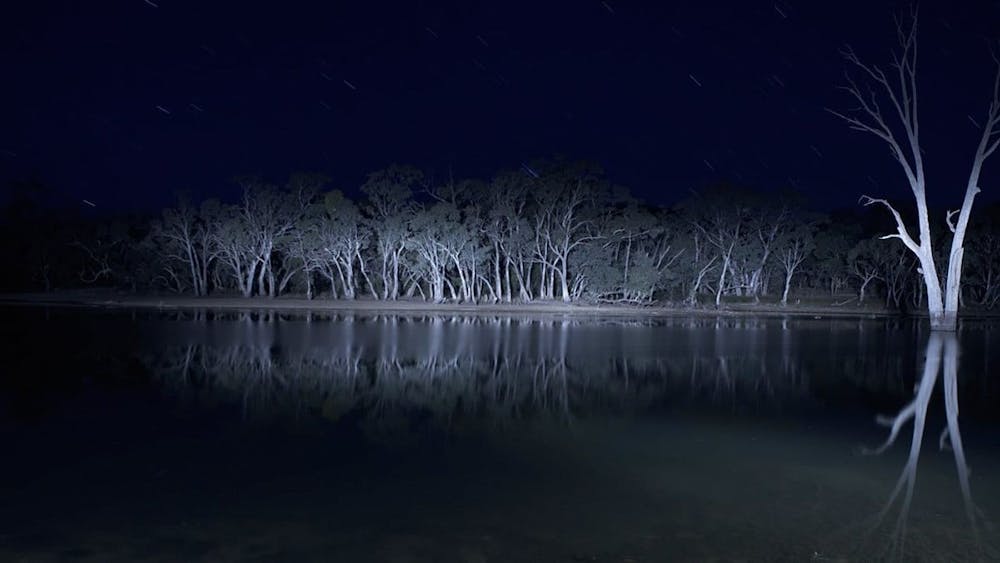Diegesis- (alice in wonderland)

refers to the world represented in the film and what is happening inside it. Diegetic gaze is described as the way the audience interprets different elements of the film.
Intra-diegetic gaze- (lake mungo)

is used when the audience is placed within a character’s viewpoint, for example as a first person view. for example found footage movies.
Extra-diegetic gaze- (Fear and Loathing in las vegas)

often known as “4th wall breaking”, is used when a character addresses the audience by either looking into the camera, or talking to them through monologue.